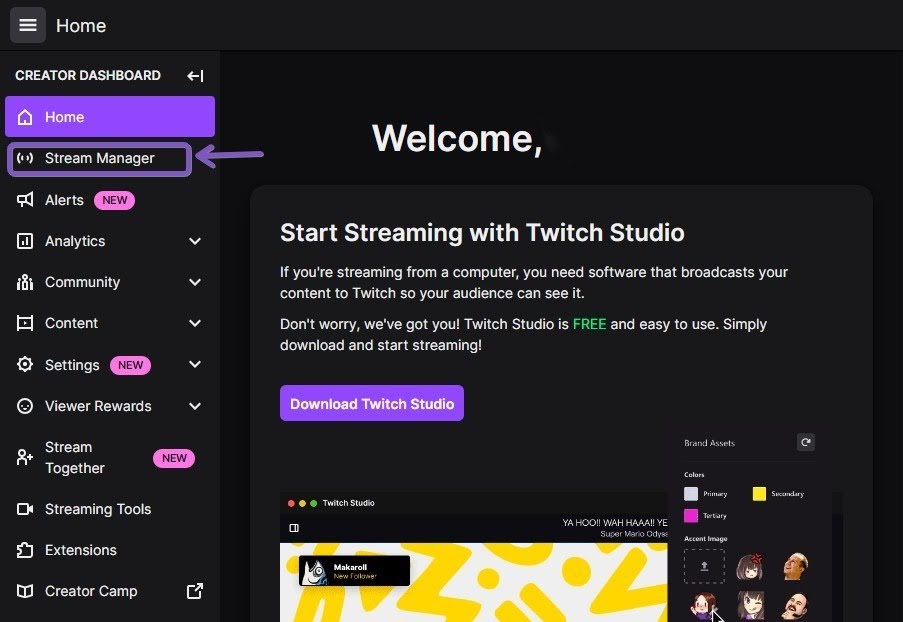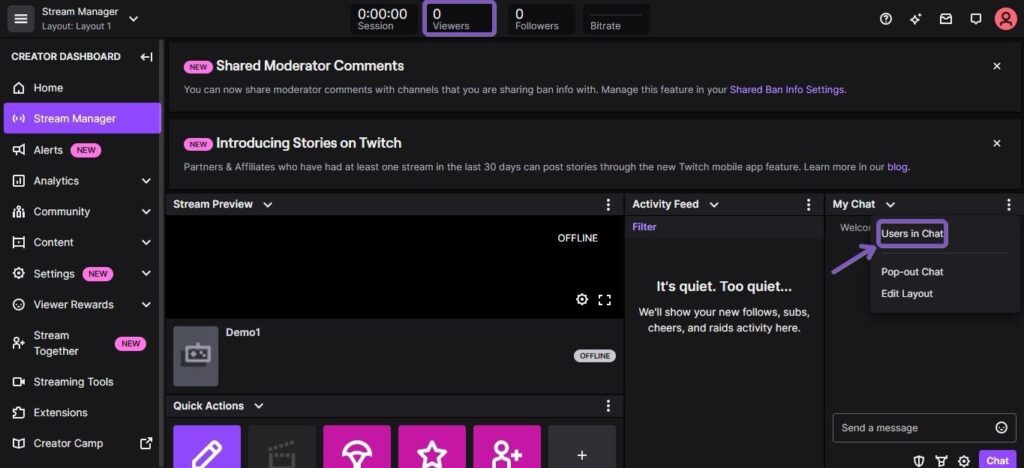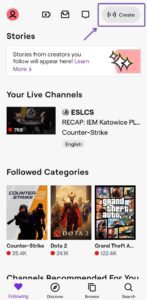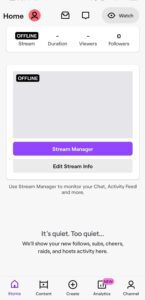Understanding who is watching a Twitch stream is absolutely important for streamers who are aiming to grow their channel. By identifying the viewers, streamers can engage more effectively with their audience, tailor content according to viewer preferences, and build a more active community. The Twitch platform offers several tools and features that enable broadcasters to see who is tuning in to their streams.
The process of checking the viewer list can be straightforward. Streamers have the stream chat panel where they can see the usernames of people currently watching, enabling a direct interaction with their audience. Beyond just names, Twitch also provides insights and analytics for streamers to track viewer engagement over time, which can help in understanding audience behaviors and trends.
Streamers often seek ways to see who is watching their Twitch stream to connect with their regular viewers, foster a welcoming environment, and, ultimately, create a successful streaming presence. Engaging with viewers is not just about numbers; it’s about recognizing and appreciating each participant in the stream, which leads to increased loyalty and support.
Understanding Twitch Privacy and Viewer Information
When streaming on Twitch, broadcasters have access to certain viewer analytics, but the privacy of viewers is also a primary consideration. Here, the focus is on what streamers can see and how Twitch protects viewer privacy.
Viewer Privacy on Twitch
Twitch takes viewer privacy seriously, ensuring that individual viewer activity, such as watching habits or time spent on streams, is not made public. A streamer does not have access to specific viewer data, like IP addresses or viewing history. They can only see the number of live viewers, followers, and chat participants but not who those viewers are unless the viewers choose to interact.
Twitch Viewer Insights
Streamers gain insights through Twitch metrics that help them understand their audience better. These insights include:
- Live Viewer Count: A real-time count of how many people are watching the stream, regardless if they have logged into Twitch or not.
- Follower Count: How many users follow their Twitch channel, which can indicate growth over time.
- Chat List: Usernames of participants engaged in chat. This includes bots and users who are connected to the chat even though they might not be watching a stream.
The information provides an overview of engagement without compromising viewer privacy. For a more detailed analysis of audience behavior, streamers can turn to Twitch analytics tools that track performance metrics such as peak viewers, new followers, and chat activity over time.
Tools and Methods for Identifying Viewers
Streamers can tap into a couple of key methods to identify who is watching their Twitch streams: the Twitch Dashboard for a built-in solution and third-party tools and services for more advanced capabilities.
Using Twitch Dashboard
The Twitch Dashboard is the go-to place for streamers to get a snapshot of who is watching their stream. Here is a step-by-step guide to get you through the desktop/browser version of Twitch.
Step 1: Click on the Creator Dashboard in the Twitch profile window.

Step 2: Click on the Stream Manager. This area provides various stats in regards to your stream and your channel. On the top, you can see how many viewers are watching your stream. This is your stream viewership, which includes viewers on Twitch without a Twitch account and lurkers.

Step 3: Click on the three dots above the My Chat section and select Users in Chat. Here, you’ll see who’s connected to your chat even if they’re not actively watching your Livestream. The names will be listed in the order of Broadcaster (you), Moderators, and Users.

In the Twitch Mobile App, except from the initial starting steps, the process remains the same.
Step 1: Click on the Create button on the top right. This will take you to the Creator Dashboard (follow from Step 2).


Hereafter, the complete process is similar to the previous one.
Third-Party Tools and Services
For a more comprehensive analysis, third-party tools and services such as StreamLabs can be utilized. These services may offer detailed analytics about viewer behavior, engagement statistics, and more nuanced viewer information. They operate by integrating with Twitch’s API to pull in viewer data. However, it’s important for you to ensure any third-party tool you use is compliant with Twitch’s Terms of Service.
Frequently Asked Questions
Does Twitch offer a feature for broadcasters to see if someone is lurking in their stream without actively participating?
Twitch does not provide a specific feature that showcases users who are lurking without any chat activity. Broadcasters can see the list of users in chat, but quiet watchers are not distinctly identified.
Can streamers identify the viewers currently watching their live Twitch stream?
Streamers can see the number of concurrent viewers, but Twitch does not display a real-time list of every viewer actively watching the stream. Some third-party tools claim to offer this functionality, but accuracy may vary.
Why is there a difference in View Count and Users in Chat?
The View Count represents all viewers currently watching the stream, including those who are not logged in or participating in chat. The number of Users in Chat only includes logged-in viewers who may or may not be actively chatting, causing the discrepancy.
Are Twitch streamers able to see the usernames of individuals watching their past broadcast content?
For past broadcasts, Twitch does not provide a feature that allows streamers to see specific usernames of viewers after the live stream has ended.
How does one check the viewer count on Twitch while streaming from a mobile device?
The Twitch mobile app provides the streamer with the current viewer count, which is typically visible directly on the top of the screen while broadcasting.
Why is there a discrepancy between the actual viewer count and the displayed number on a Twitch stream?
The viewer count on a Twitch stream may not always be real-time accurate due to delays in the data update. Additionally, bot traffic can affect the viewer count, sometimes leading to discrepancies.



